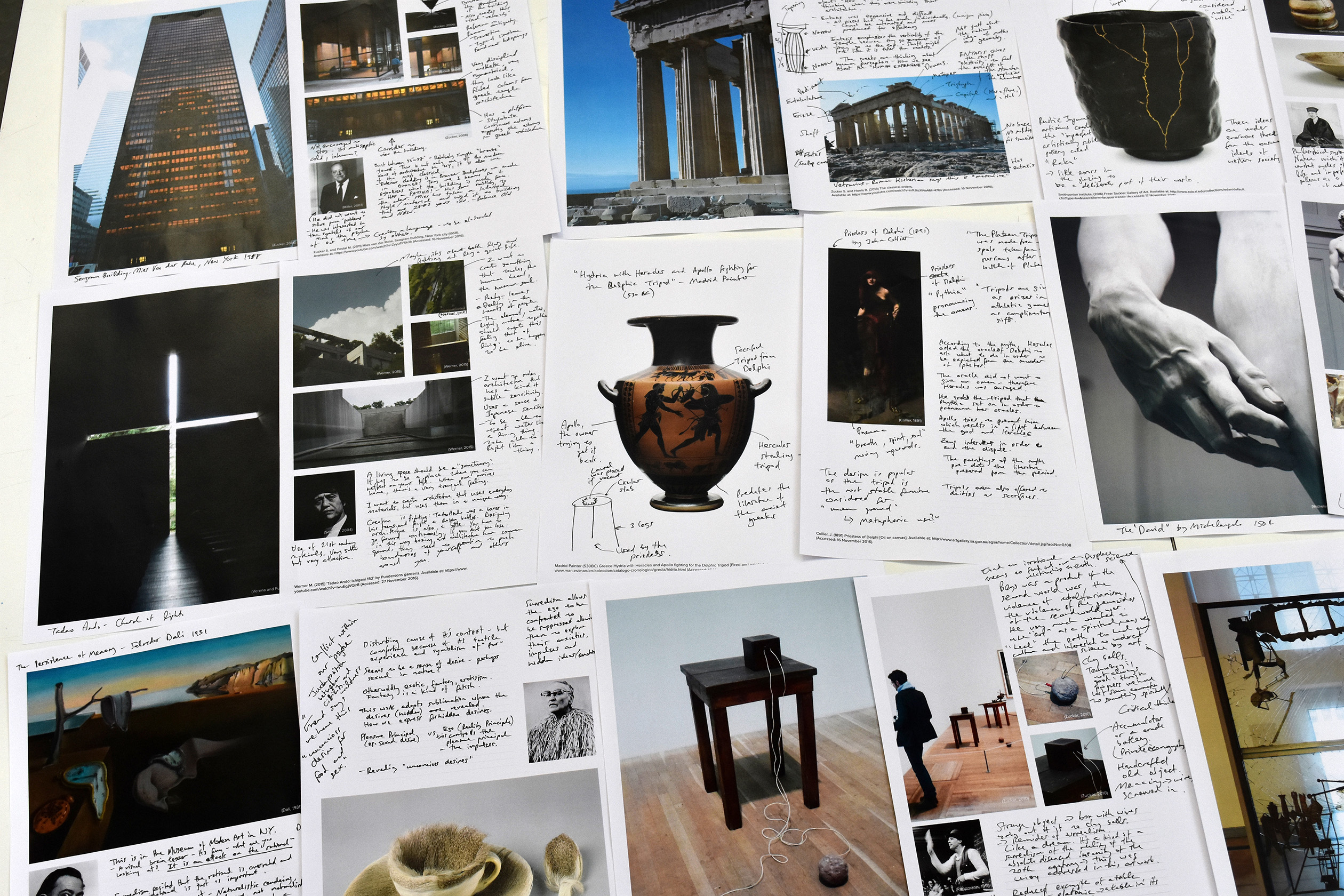Wow, what a week it’s been.
Since our opening last Thursday, the last four days have been an unforgettable experience. I’ve had the chance to speak with people from all walks of life: designers, students, parents, professionals, each bringing their own unique stories and perspectives. We talked about meaning, memory, struggle, resilience, and how design shapes the way we move through the world. It’s been humbling, energising, and deeply inspiring.
To everyone who took the time to visit Made in Brunel at the Bargehouse, thank you. Your curiosity, insights, and openness to engaging with the ideas behind this project made it all worthwhile. I’m especially grateful to the Made in Brunel team for their incredible effort and dedication, to the Oxo Tower Wharf staff for supporting the exhibition, and to my friends, tutors, and technicians whose feedback and encouragement have shaped this work in more ways than they know.
Can design help us process change?
That’s the question I kept returning to throughout this project. Can the objects in our environment influence how we think or behave? Can design help us become more resilient, more mindful, or even more hopeful in the face of trauma or uncertainty?
This project focused on the stories embedded in ordinary objects, specifically, a table. Could a table be more than just a surface? Could it tell a story of breaking and mending, of fragility and strength, of change and acceptance?
In a world where disruption and instability are increasingly the norm, I wanted to explore whether physical objects could offer emotional meaning, not as distractions but as touchstones. Could they help us build resilience against the psychological weight of rapid change?
A product that breaks and heals
The final furniture concept presents the idea of transformation as an integral part of the object’s function. Drawing inspiration from Kintsugi, the Japanese art of repairing broken pottery with gold, the table is designed to break and then be mended by the user. The act of breaking isn’t hidden or covered up; it becomes part of the table’s story.
Gold-filled marble cracks become a visual reminder that damage and healing can coexist, that beauty can emerge not in spite of imperfection but because of it.
Crucially, the table is delivered intact. The transformation is not pre-made; it’s personal. The user chooses when and how the marble is broken, and the mending process becomes an act of reflection, ownership, and perhaps even catharsis. It’s meant to be more than an aesthetic gesture; it’s an experience.
From idea to reality
The prototyping process took four months and involved manufacturing over 100 individual parts. We created three tables, each representing a different stage of the journey:
- The first: whole and untouched, waiting for transformation.
- The second: freshly broken, mid-transition.
- The third: mended, gold-laced, and complete, not restored to what it was but made into something new.
These stages weren’t just for display; they were integral to communicating the narrative arc of the product. Visitors could see the process, not just the result.
It’s been an intense and rewarding journey. I’m proud of what this project has become, and even more grateful for the conversations and reflections it sparked. If you missed the show, you can read more in the official press release or stay tuned for future updates.
Thank you again for listening, for questioning, for engaging. And above all, for reminding me why we make things in the first place.




















